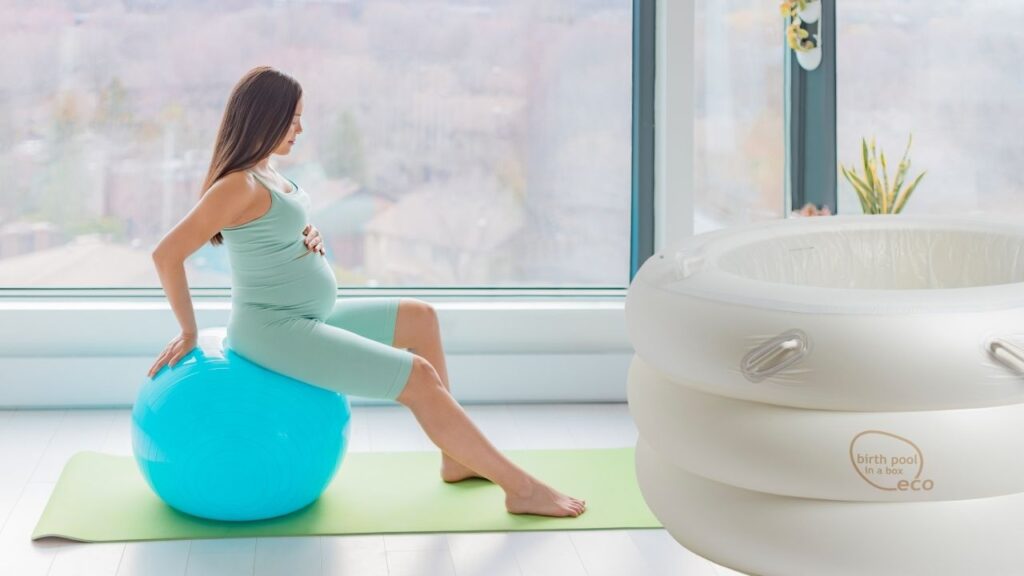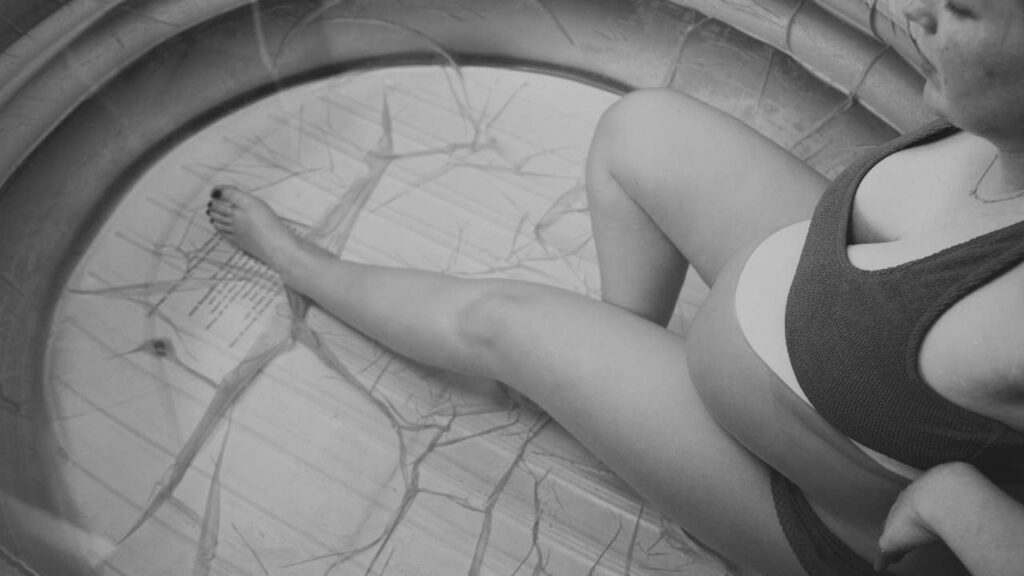- Ships worldwide
- +61 (0)429 668 845
- [email protected]
How Common Is Homebirth in Australia? Is It Becoming More Popular?
There are ongoing doubts about the accuracy of available data, but recent years do show a small rise in homebirth rates in Australia. Homebirths increased from 0.3% in 2018 to 0.5% in 2020, according to national maternity statistics.
Many observers suggest that the COVID-19 pandemic was a major factor in this shift.

Why Homebirth Became More Popular During the Pandemic
Since early 2020, hospitals introduced new policies that changed the way pregnant women accessed care. Restrictions included:
vaccination requirements
limits on support people at antenatal appointments
limits on partners or support persons during labour and birth
These changes prompted many women to explore alternative birth options, including homebirth.
At Birth Afloat, we also noticed an increase in demand for our birth pools for homebirth, and we’re grateful to support women birthing where they feel safest.
Will the Growth in Australian Homebirth Continue?
It is still unclear whether the rising interest in homebirth will continue long-term. Key questions remain:
Are more women becoming aware that homebirth can be a safe option for many low-risk pregnancies?
Are women more open to exploring different birth settings?
We don’t believe that everyone should have a homebirth. Instead, we believe that women deserve access to informed choices and unbiased information about all safe birth options.
Social Narratives and Fear: Barriers to Homebirth in Australia
Australian society often frames birth as inherently dangerous, with hospital birth positioned as the only safe option. These beliefs—passed down socially and through the healthcare system—mean many women never learn that supported homebirth is backed by strong evidence for safety in low-risk pregnancies.
Common concerns include:
“What if something goes wrong?”
“What if a hospital transfer is needed?”
“What if the woman changes her mind?”
Yet international and Australian data consistently show that planned homebirth with a qualified midwife is safe for low-risk mothers and babies.
Financial and Access Barriers to Homebirth
Even women who want a homebirth often face obstacles:
Limited publicly funded homebirth programs, meaning most families must self-fund the full cost of midwifery care.
High out-of-pocket costs, often several thousand dollars.
A shortage of private practice midwives—especially in rural and regional areas.
In some regions, homebirth midwives are booked out months in advance.
These barriers place homebirth out of reach for many Australian families.
Why Changing the Homebirth Narrative Matters
Homebirth isn’t right for everyone—and that’s completely okay. But women deserve access to accurate, fear-free information and genuine support in choosing where and how they birth.
Birth Afloat hopes to play a small role in normalising gentle, supported birth—whether in hospital, a birth centre, or at home—by providing birth pools that help women feel safe and empowered wherever they choose to give birth.
We hope that homebirth becomes an accessible reality for more Australian women in the future.
Further Resources
“Homebirth in Australia” – O&G Magazine
Homebirth Australia – national statistics and advocacy resources
More stories
OUR PRODUCTS ON SALE
-
Sale!
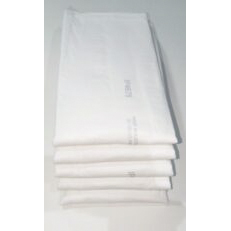
Bed Protection Pads 5 Pack
$15.00 – $30.00Price range: $15.00 through $30.00 Inclusive of 10% GST Select options This product has multiple variants. The options may be chosen on the product page -
Sale!
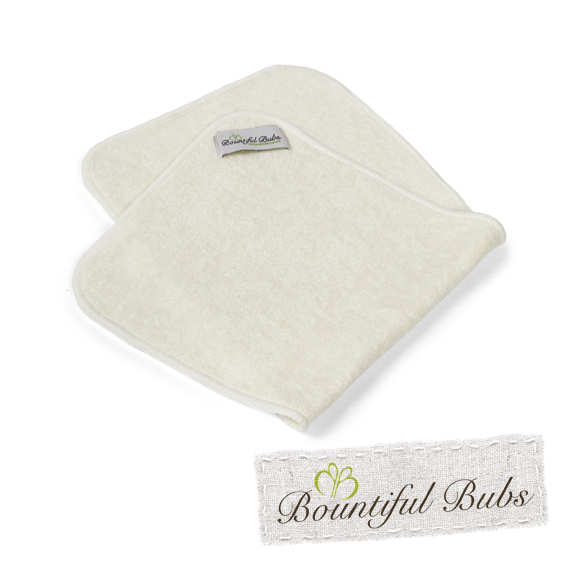
Burp Cloth – Organic Bamboo – Bountiful Bubs
$35.00Original price was: $35.00.$28.00Current price is: $28.00. Inclusive of 10% GST Add to cart -
Sale!
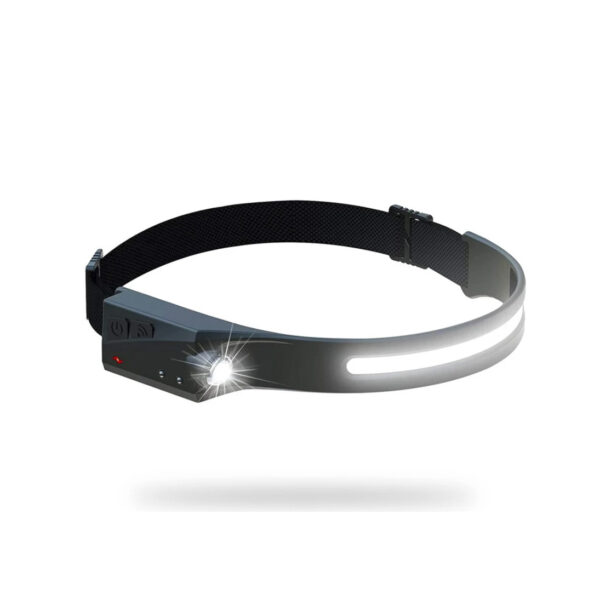
LED Headlamp – GoBeam 230
$60.00Original price was: $60.00.$50.00Current price is: $50.00. Inclusive of 10% GST Add to cart -
Sale!

Reusable Breast Pads, Organic Bamboo – Waterproof
$38.00Original price was: $38.00.$30.00Current price is: $30.00. Inclusive of 10% GST Add to cart


